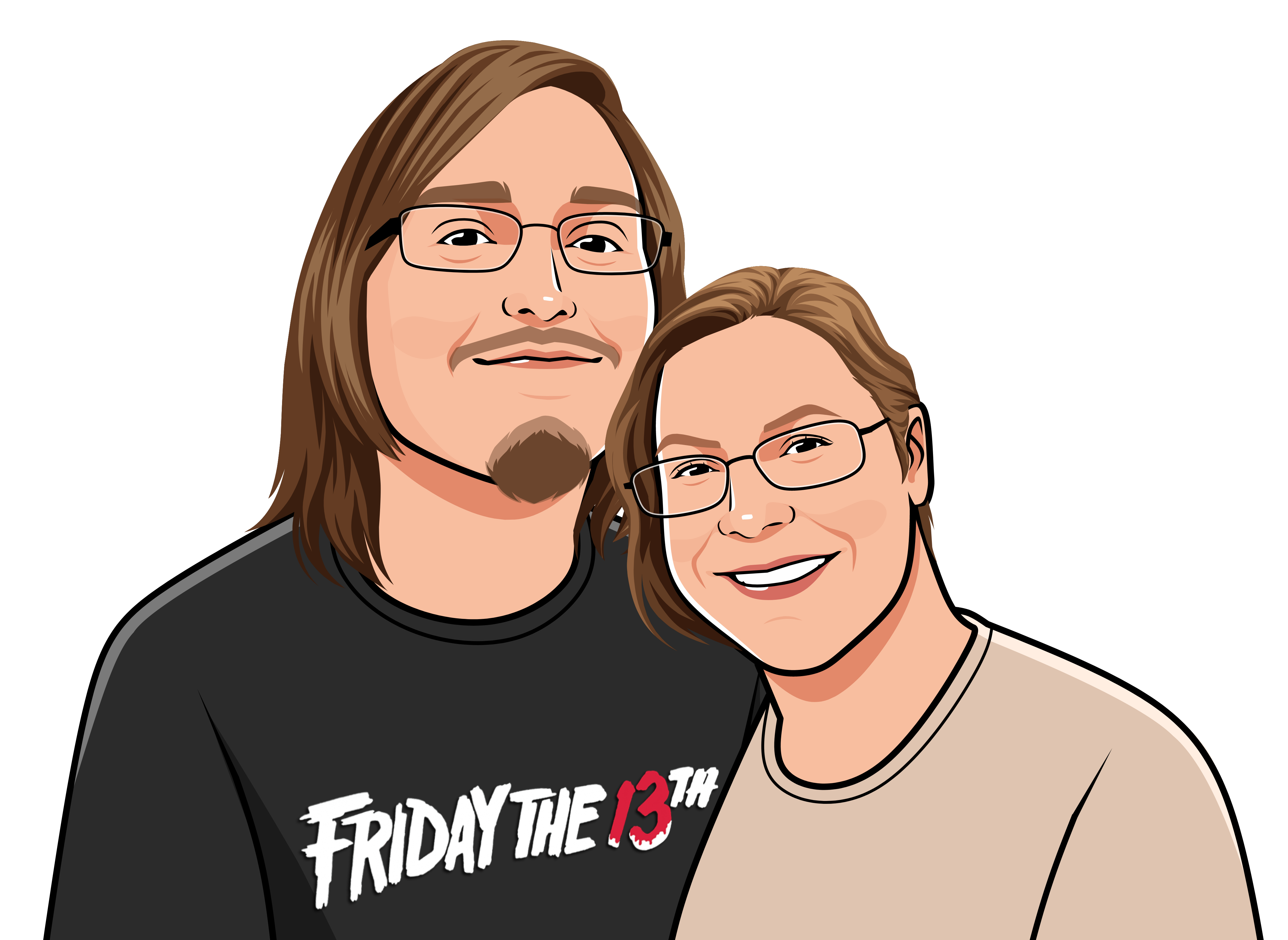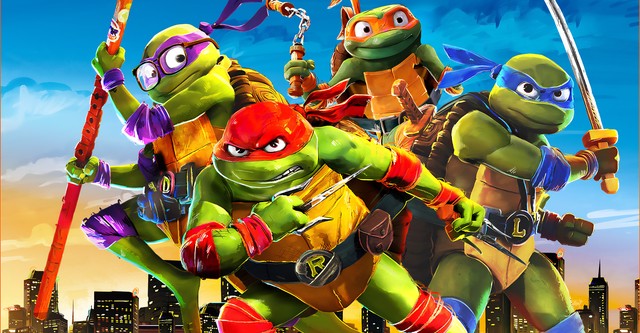Wes Craven’s career begins in 1972, with a film called The Last House on the Left. An exploitation film, The House on the Left is a real meat-and-potatoes debut. Not only was the film directed by Wes, but it was written and edited by him, from a budget of less than ninety thousand (Sam Raimi’s Evil Dead cost quadruple that). This is a film where a lot of variables come into play that factor in. How capable is Wes Craven as a screenwriter and editor, and what is he able to do with the resources available to him?
Produced by Sean S. Cunningham, the co-creator of Friday the 13th, The Last House on the Left was released to a mixed reaction by critics but did fairly well at the box office (grossing $3 million). As an exploitation film, that response was exactly what was to be expected. “Can a movie go too far?” That was the tagline of the film, and the mission statement was clearly to shock audiences and capture the zeitgeist, not through its quality, but its audacity. Critics would be appalled, whereas curious eyes would wander in to see what all the fuss was about.
Like many films of the same type, The Last House on the Left begins with a disclaimer falsely claiming the events on-screen are based on real-life, actual events. It is an old trope that occurs often in 70s horror, with the most notable instance being, perhaps, The Texas Chainsaw Massacre, which, incidentally, came out two years after. At least that film could claim it was loosely based on Ed Gein, even if the real events weren’t a massacre, didn’t involve a chainsaw, and happened in Wisconsin.
Straightaway, I was caught off-guard by both the choice of music and the cinematography of the film.
I will be honest with all of you, even though I have seen every Elm Street half-a-dozen times, all the Scream films, and many more from Wes Craven’s filmography, I hadn’t ever seen The Last House on the Left. The only thing I had to go on for what to expect was my prior experiences with exploitation films and the cover artwork, which features a black-and-white photograph of a dead woman.
Where I had expected a gritty, more edited, low-quality aesthetic, I was instead met by what feels remarkably like I am watching an old-fashioned sitcom. The music doesn’t fit the initial expectations I had of, nor does it feel thematically inline with the subject-matter. The dialogue, too, feels playful, even goofy. I am not certain what to make of it yet. Is it a deliberate decision? The idea of leaning in the wrong direction so that when you swerve the other way it feels like more of a kick in the teeth?
The initial premise is straightforward and simple enough. “Two girls are tortured and left to die after they become captives of four prison escapees who end up facing off with one of the girls’ mothers,” that’s the description provided by Tubi TV, where the film is available to watch, free of charge.
The way it is edited and shown, however, is a real marvel. In one shot, you have two young women led into a rundown building, a knife is pulled on them, and it’s clear they’re now held captive by rapists and child molesters. In the next shot, the music and aesthetic make it feel like I’m watching Happy Days.
Something about it though is, as goofy as it does come off, I’m not actually against it as a stylistic decision. It isn’t the subtlest, and, in fact, it’s very much in your face, but that’s part of why it works as well as it does. Since having looked at other viewer’s reaction to the soundtrack, I’ve heard more than a few criticize it, saying that it was distasteful and disturbing to accompany such gratuitous, uncomfortable scenes by such an unfitting soundtrack. However, I feel like that’s kind of the idea.
The film is meant to be distasteful and, if that decision disturbed you, that was the idea. In terms of horror, The Last House on the Left certainly falls into the “that’s fucked” category, acting as a black comedy that deals with murder and rape with a wink and a nod. The film is audacious in its approach. Not only is its presentation tonal dissonance, but it makes the bold decision to include both slap-stick comedy and a couple knucklehead police officers, neither of which belongs in such a film, and that’s why it is such an interesting inclusion.
It isn’t something that wholeheartedly succeeds, but I can’t deny that, when the other shoe does drop for a quieter, more intimate moment, and the music stops, backed only by birds chirping and the sound of a victim’s cries of torment, it isn’t effective. Without it, the whole film would have been dramatically different and less unique, measuring up as a run-of-the-mill rape-revenge flick.
As much as I defend the horror genre, I will admit I have a lot of unresolved emotions about certain aspects of it. One such aspect is the portrayal and treatment of women in film. Horror isn’t any one thing, and, as much as I believe the genre can be a source of empowerment for women, like the portrayal of Ripley in Alien or Laurie Strode in Halloween, I know that those are exceptions and not the rule. Sometimes horror can be very misogynistic.
At the same time, as I find myself asking why there are so many rape-revenge films or horror films that focus on a masked man stalking and murdering women, I find myself met by the answer that it’s a reflection of the real-world. In my youth, I felt it was insulting the way women were portrayed in scantily clad clothes or lack thereof as a masked man chased them. Now, I realize the real ones who should leave the theater ashamed on behalf of their gender are men. After all, if asked to name a female serial-killer and a male serial-killer, I’ll have rattled off thirty men by the time you’ve finished Googling whether Lizzie Borden counts.
This isn’t my way of explaining away real, valid criticisms about horror, but to suggest there are a lot of layers to why things are the way they are, and how I hope we can continue to improve them.
It’s everything after with this film that I feel suffers both narratively and visually.
Once the trio of killers leave their victims for dead, they visit a house nearby to where their car broke down that just so happens to be the parents of one of the young girls. Hereafter, as you expect, is where they begin to receive their comeuppance for their crimes. I feel this second-half is the lynchpin for a large part of making the film successful. We’ve spent an hour of the hour and twenty-minute runtime establishing our antagonists, and really making them feel like the worst of the worst, meanwhile, in contrast, we’ve kept the mother and father relatively wholesome.
This is where I feel the film would have benefited from a simpler, more concise conclusion. A quick, sudden barrel shotgun or even going full Hostel on them. The music drops. The credits roll. And scene!
Instead, it feels messy, too complicated, and like it works against itself. Incidentally, it actually reminds me of the end of A Nightmare on Elm Street when Nancy does full Home Alone on Freddy with nonsense traps. I never realized until now that this is something Wes Craven just does.
Although I can certainly understand the criticisms levied against The Last House on the Left in-terms of how it chooses to present its dark subject-matter and I believe the argument of its thematic dissonance is valid, I believe it does work taken as a black-comedy and if it were focused more on the violence-violence of the film and not the sexual violence of them, a lot more might be open to its approach. The film does begin to fall apart by the end, and I think it does so enough that it keeps it from being what I’d call a knockout-punch for Wes Craven’s filmography, but it’s an interesting, unique film that I don’t regret watching.





